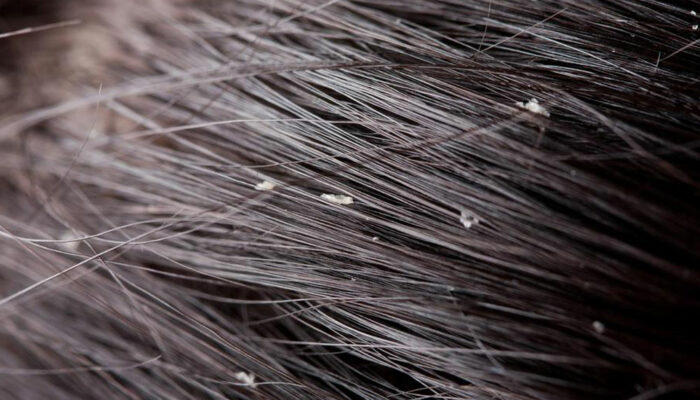
Stages and Treatments for Kidney Cancer
The kidneys are a part of the excretory system and their main fucntion is to flush out wastes, including excess fluids and electrolytes from the blood. They also produce red blood cells that help regulate blood pressure. Cancer that occurs in this organ is known as kidney, or renal, cancer. Risk factors that lead to its development are high blood pressure, smoking, and obesity.
Common symptoms of kidney cancer
Before going through an overview of the stages and treatment for kidney cancer, it is advisable to know the symptoms of the condition. These are:
- Anemia
- Blood in urine
- Pain in the sides
- Fever accompanied by night sweats
- Fluctuations in liver function
- Enlarged testicle or varicose veins present in the testes
- A lump or mass on the lower back or the sides
- Sudden weight loss and decreased appetite
- High blood pressure and fatigue
- Changes in vision
Kidney cancer staging
Once an individual is diagnosed with kidney cancer, the specialist will study if the disease has spread and how far it has spread. It’s a staging process that helps evaluate the degree of cancer and the extent to which it has spread.
Staging also gives a clear indication of the chances of recovery and helps determine the survival rate after the diagnosis.
The stages of kidney cancer
Doctors determine the stages and treatment for kidney cancer using the popular TNM system.
- T is the size and the extent of the main tumor and its growth into surrounding areas.
- N is to determine the spread of the disease to lymph nodes.
- M indicates if the tumor has metastasized or spread to distant organs like the bones, lungs, and others.
A brief study on the stages and treatment for kidney cancer
The type of treatment needed for kidney cancer depends on it’s stage and the overall health of the individual. Following is the study of the options available for treatment at each stage:
Stage 1, 2, and 3
Kidney cancer in stage 1 or 2 is contained only in the kidneys, and stage 3 indicates the tumor has spread to veins or the lymph nodes located nearby. Surgery is the most common and the foremost option in these stages. The two common procedures are:
- Partial nephrectomy : The surgeon removes only a part of the kidney and some tissues from and around the tumor.
- Radical nephrectomy : In this case, the entire kidney is removed where the tumor is over 7 cm.
In both treatment options, the lymph nodes and other tissues near the kidney will also be removed if they are enlarged.
Stage 4
Kidney cancer in stage 4 has spread to distant organs like the lungs, brain, and to distant lymph nodes. Providing treatment in this stage is a complex procedure. It focuses more on managing the disease than curing it, and the procedures depend on how widespread the disease is, including the general health of the individual.
- Radiation therapy : This treatment helps shrink the tumor, reduces the spread, and eases the symptoms.
- Targeted therapy : Drugs are given to target specific genes that have caused the development of cancer. This therapy interrupts the functions of these genes to stop the growth of tumors.
- Chemotherapy : Powerful drugs are used to kill cancer cells and stop their growth. It hasmultiple side-effects that may be quite dangerous themselves.



